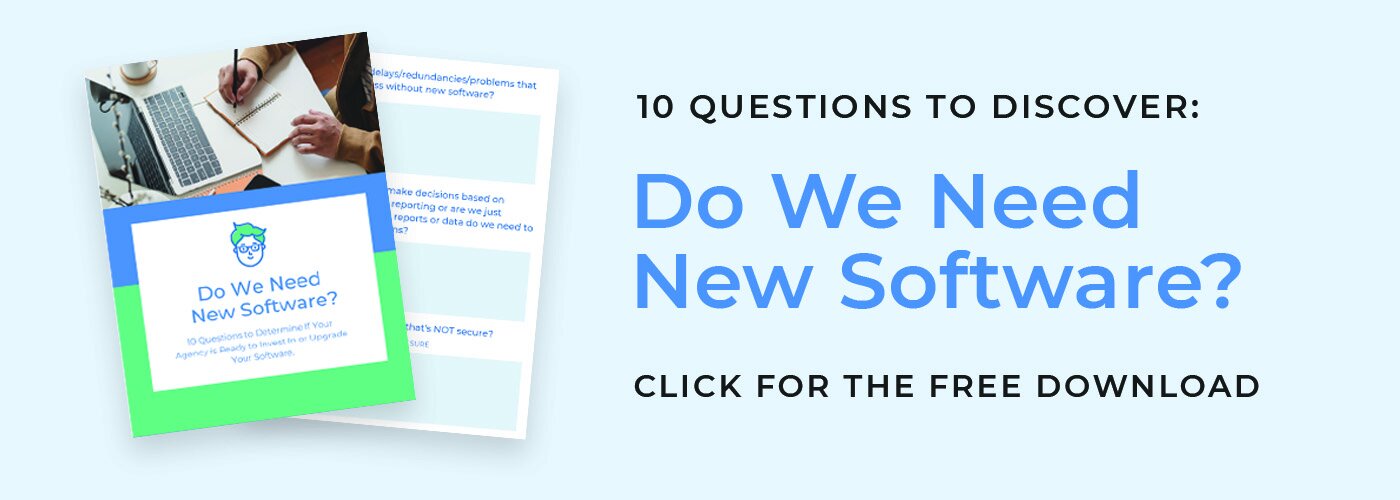Whether you’re making widgets, supplying software, or connecting families and children, your organization’s process is the path that you follow to get the job done. When implementing new software in your organization, documenting your processes so that you can translate them into a digital format is an important but often skipped step.
In this guide (Part 2 of our 3 part series on software implementation) we’ll discuss your agency’s process: evaluating and documenting your agency’s internal processes and workflow to integrate with new software. (It’s not as terrible as it sounds...we promise! :)
In our experience, this is the step that tends to be rushed, overlooked or just so “well known” that your team doesn’t need it written down (or do they?) Although this can be time consuming, we’ve found that confusion and frustration implementing new software is much more likely when this step is skipped.
Your processes and procedures are not static. They change with time, new technology, new requirements, and new resources.
Taking the time to work through this important step is a great opportunity to identify where there might be redundancies, or overly complex parts of your programs that can be simplified.
REMEMBER: The software should be able to be customized to your agency’s process, but your process should also be open to changing to become more efficient and easier to implement within the software.
Create your Process or Workflow Map
How do you go about describing your workflow process? Watch the short video below for a great description of how to get input from your team.
Map your workflow and processes, looking for potential improvements to your current client experience
(Pro tip: ask your team and clients for feedback!)
There are many ways to go about this mapping exercise. Using post-its, spreadsheets, drawing diagrams or using mind mapping software are all great options.
Some examples of processes or workflows in adoption and foster care are: Inquiry, Application, Home Study, Licensing, etc.
Next, map out the steps in each stage of your process. Determine who is responsible to complete the step and how. For example, when a new inquiry comes in, how does it come in? What happens next? Who does that? What happens next? How does that get done? Who does that step? Etc.
Avoid the temptation of recreating a process in your new software that is unnecessary, redundant or needs improvement. This is a great opportunity to streamline!
Determine which parts of your workflow will be customized in the software first. We recommend beginning with simple processes (such as data entry) then building on the software with more complex ones such as automations and emails and building templates to print the data.
Check out our other blog posts on this topic:
Use Sticky Notes to Document Your Process
Create a Consistent Client Journey
Let’s connect!
Our team is here to support yours as your partner in growing your agency with new software. Schedule a call below. We’d love to chat!













